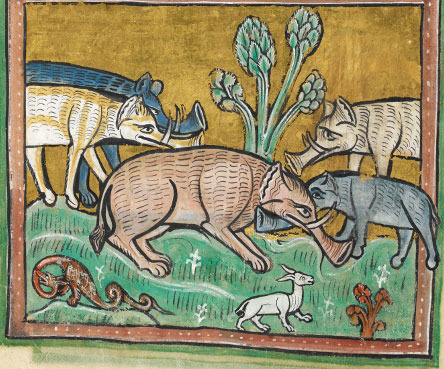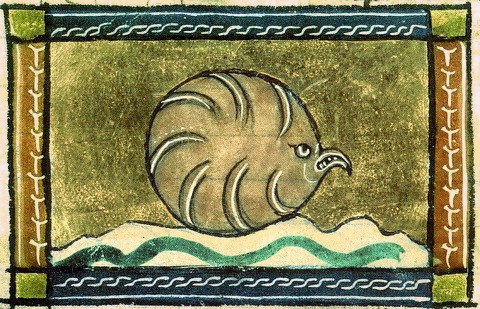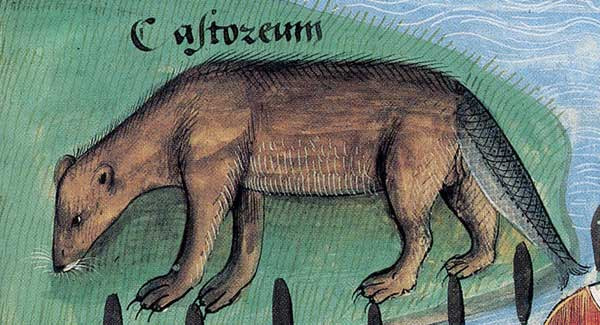A humorous post recently appeared on Mashable which shared medieval drawings of animals which look nothing like reality. These hilarious works of art are fun to laugh at, but they also get us thinking about the artists behind them.
Look at the drawing of the elephant, for instance. While a certain amount of skill is evident in the techniques used by the painters, we know that even a young child today could give us a better representation of an elephant than the medieval artist who was likely actually highly trained in illumination and/or painting. This is a testament to the power of photography. Accurate images of elephants are readily available to everyone, while the medieval artist had likely only had one described to them by someone else who had it described to them in turn, and so on. Imagine drawing a creature you have never seen and cannot even be certain exists. In this instance, the artist was likely told that an elephant has a long nose like a funnel, thick legs, large fan-like ears, tusks like a boar and a tail like a horse. It would have been up to the artist to put this all together and fill in the blanks to give the largest land animal an image.
This oyster looks nothing like the pearl-presenting bivalves we are familiar with.
It appears that the artist was told a beaver is like a weasel with a fish tale. If beavers look like this, then creatures like griffins don’t seem all that far-fetched.
In short, these drawings show us the power of photography and our globalized world while giving us a glimpse of what it might have been like to live in a world where one had to rely on the spoken word far more than we are used to.
To see the rest of these ridiculous drawings, see the original post on Mashable: 14 Creepy Medieval Beasts That Look Nothing Like Real Animals.



